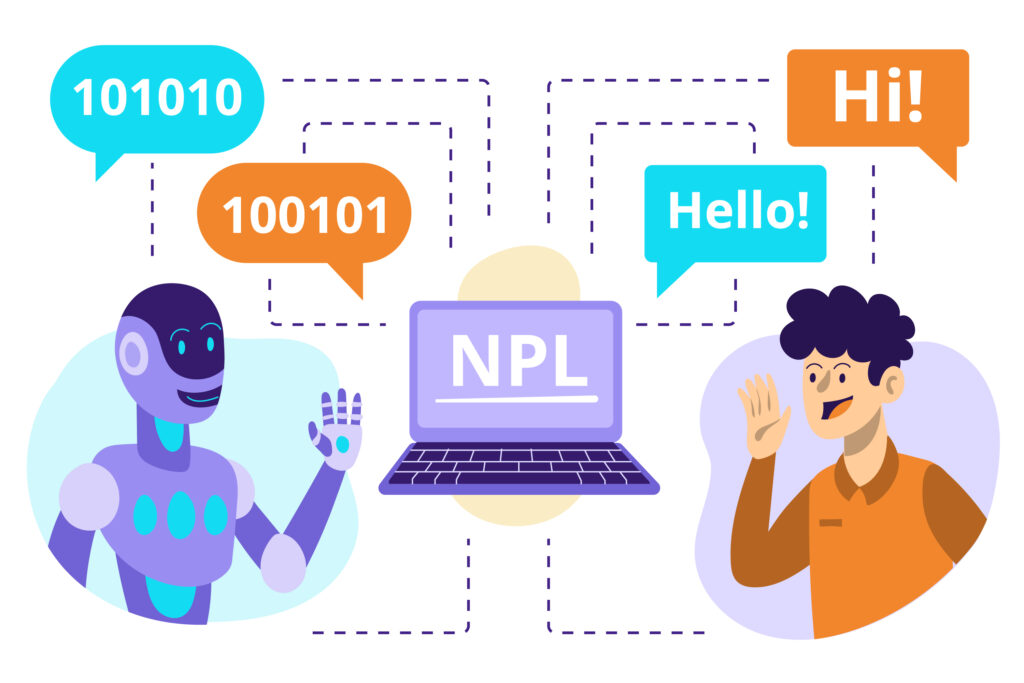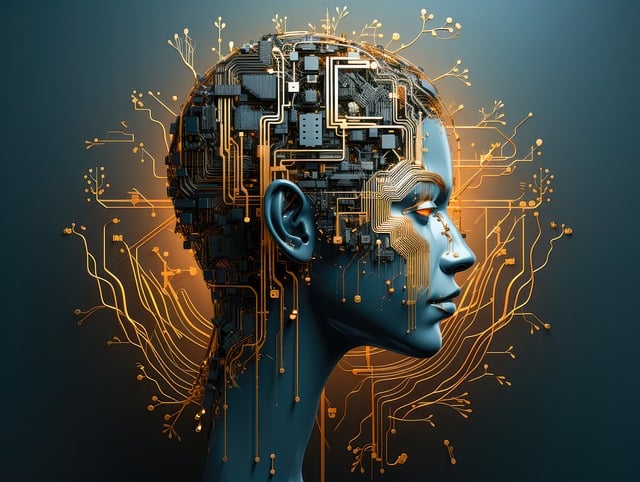Introduction
Have you ever wondered how your smartphone’s assistant understands your requests? Or how translation apps can convert speech into different languages? The magic behind these feats is Natural Language Processing, or NLP for short. But what exactly is NLP, and why is it so important in today’s tech-driven world? Let’s dive in!
- Introduction
- The Evolution of NLP
- How NLP Works
- Applications of NLP
- Challenges in NLP
- NLP Techniques
- NLP and Machine Learning
- Tools and Libraries for NLP
- NLP in Artificial Intelligence
- The Future of NLP
- Ethical Considerations in NLP
- Case Studies of NLP in Action
- NLP in Different Languages
- Conclusion
- FAQs – Natural Language Processing
The Evolution of NLP
Early Stages of NLP
NLP has come a long way since its inception. In the early days, it was all about basic word matching and pattern recognition. The first significant milestone was machine translation in the 1950s, but the results were far from perfect.
Major Milestones in NLP Development
Fast forward to the 21st century, and we’ve seen tremendous advancements. From the introduction of statistical models in the 1980s to the rise of deep learning techniques in the 2010s, each decade has brought groundbreaking progress.

How NLP Works
Basic Components of NLP
At its core, NLP involves several components: syntax (structure of sentences), semantics (meaning of words and sentences), and pragmatics (contextual usage). These components work together to help machines understand human language.
Techniques Used in NLP
NLP techniques range from simple text processing methods like tokenization to more complex algorithms like deep learning. Each technique plays a crucial role in enabling machines to process and interpret human language.
Applications of NLP
NLP in Everyday Technology
Think of your daily interactions with technology: voice assistants, chatbots, spam filters, and more. All these rely on NLP to function smoothly and provide a seamless user experience.
Business Applications of NLP
In the business world, NLP helps in sentiment analysis, customer service automation, and even in detecting fraudulent activities. Companies leverage NLP to gain insights from large volumes of text data and enhance their operations.
Healthcare Applications of NLP
In healthcare, NLP is revolutionizing patient care. From processing medical records to aiding in diagnosis through symptom checking, NLP helps streamline operations and improve patient outcomes.
Challenges in NLP
Language Ambiguity
One of the biggest hurdles in NLP is language ambiguity. Words can have multiple meanings, and context is crucial to understand the intended message. Resolving this ambiguity is a complex task for NLP systems.
Cultural and Linguistic Diversity
Languages are diverse, with different syntactic and semantic rules. Developing NLP systems that work across various languages and cultures is challenging but essential for global applications.
NLP Techniques
Tokenization
Tokenization is the process of breaking down text into smaller units, typically words or phrases. It’s the first step in many NLP tasks.
Lemmatization and Stemming
These techniques reduce words to their base or root forms. Lemmatization considers the context to determine the correct base form, while stemming simply removes prefixes and suffixes.
Part-of-Speech Tagging
This involves identifying the grammatical parts of speech (nouns, verbs, adjectives, etc.) in a sentence. It’s crucial for understanding the structure and meaning of sentences.
Named Entity Recognition
Named Entity Recognition (NER) identifies and classifies entities like names, dates, and locations within text. It’s widely used in information retrieval and extraction tasks.
Sentiment Analysis
Sentiment analysis determines the emotional tone behind a body of text. It’s extensively used in marketing to gauge customer opinions and feedback.

NLP and Machine Learning
The Role of Machine Learning in NLP
Machine learning algorithms play a pivotal role in NLP by enabling systems to learn from data. These algorithms help improve the accuracy and efficiency of NLP tasks.
Common Algorithms Used in NLP
Some popular machine learning algorithms used in NLP include decision trees, support vector machines, and neural networks. Each has its strengths and is suited for different types of NLP tasks.
Tools and Libraries for NLP
Overview of Popular NLP Tools
There are numerous tools and libraries available for NLP. Some of the most popular ones include NLTK, SpaCy, and BERT. Each tool offers unique features and functionalities.
Features and Benefits of Each Tool
NLTK: Known for its extensive range of text processing libraries and ease of use, making it great for beginners.
SpaCy: Offers fast and efficient processing, suitable for large-scale NLP projects.BERT: Utilizes deep learning for more accurate language understanding, making it ideal for advanced NLP applications.

NLP in Artificial Intelligence
NLP’s Contribution to AI Development
NLP is a cornerstone of artificial intelligence. It enables AI systems to understand and generate human language, making them more interactive and intuitive.
Examples of AI Utilizing NLP
AI applications like virtual assistants, translation services, and automated content generation rely heavily on NLP to function effectively.
The Future of NLP
Emerging Trends in NLP
The future of NLP looks promising with trends like multilingual models, improved contextual understanding, and the integration of NLP with other AI technologies.
The Potential Impact of Future Advancements
As NLP continues to evolve, its impact will be felt across various industries, enhancing human-computer interactions and automating complex tasks.
Ethical Considerations in NLP
Data Privacy Concerns
With the increasing use of NLP, data privacy is a significant concern. Ensuring that user data is protected and used ethically is paramount.
Mitigating Biases in NLP Models
NLP models can inadvertently perpetuate biases present in training data. Addressing these biases is crucial for developing fair and unbiased NLP systems.
Case Studies of NLP in Action
Real-World Examples of NLP Applications
Several companies have successfully implemented NLP in their operations. For instance, Netflix uses NLP to enhance content recommendations, while IBM Watson utilizes NLP for healthcare solutions.
Success Stories and Lessons Learned
These case studies highlight the benefits and challenges of NLP implementation, providing valuable insights for others looking to adopt NLP technologies.
NLP in Different Languages
Challenges of Multilingual NLP
Developing NLP systems that can understand and process multiple languages is challenging due to the diversity in syntax and semantics.
Solutions for Effective Multilingual NLP
Using multilingual models and leveraging cross-linguistic data can help overcome these challenges, making NLP more accessible globally.
Conclusion
In conclusion, Natural Language Processing is a fascinating field with immense potential. From powering everyday technology to revolutionizing industries, NLP is transforming the way we interact with machines. As advancements continue, staying updated with the latest trends and developments is essential. Whether you’re a tech enthusiast or a business professional, understanding NLP can provide valuable insights and opportunities.
